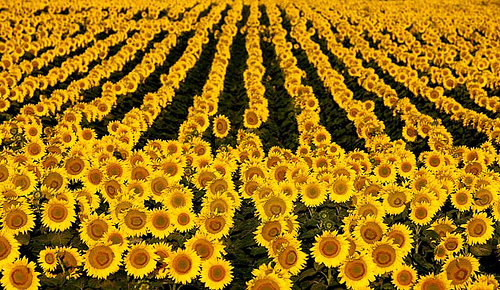charcoal art
-
Artists’ charcoal is a form of a dry art medium made of finely ground organic materials that are held together by a gum or wax binder or produced without the use of binders
by eliminating the oxygen inside the material during the production process. -
Designed to be similar to graphite pencils while maintaining most of the properties of charcoal, they are often used for fine and crisp detailed drawings, while keeping the
user’s hand from being marked. -
The use of toned paper allows different possibilities as white oil pastels (commonly referred to by the brand name Conté) can be used in combination with charcoal to create
contrast. -
Two common methods of blending are, using a finger to rub or spread charcoal which has been applied to the paper or the use of paper blending stumps also called a Tortillon.
-
[11][page needed] In the Renaissance, charcoal was widely used, but few works of art survived due to charcoal particles flaking off the canvas.
-
[7] Charcoal powders are used to create patterns and pouncing, a transferring method of patterns from one surface to another.
-
[2] Charcoal can produce lines that are very light or intensely black, while being hard to remove completely.
-
Many artists use charcoal because of its unique dark black strokes.
-
This also makes such charcoal less suitable for creating detailed images.
-
The type of wood material and preparation method allow a variety of charcoal types and textures to be produced.
-
[citation needed] There are wide variations in artists’ charcoal, depending on the proportion of ingredients: compressed charcoal from burned birch, clay, lamp black pigment,
and a small quantity of ultramarine. -
The method used to create artists’ charcoal is similar to that employed in other fields, such as producing gunpowder and cooking fuel.
Works Cited
[‘0. “Charcoal: powdered, compressed, willow and vine”. Muse Art and Design. September 7, 2011. Archived from the original on August 31, 2012. Retrieved September 15, 2013.
1. ^ Harris, Peter J F (1999). “On Charcoal”. Interdisciplinary Science Reviews.
24 (4): 301–306. doi:10.1179/030801899678966. Retrieved September 15, 2013.
2. ^ Lindquist, Evan. “How to Make Drawing Charcoal”. Retrieved September 18, 2013.
3. ^ Jump up to:a b “The Best Vine and Willow Charcoal for New Effects on the Page”.
ARTnews.com. 2021-05-07. Retrieved 2022-04-11.
4. ^ Saitzky, Steven (1987). “Carbon Based”. Art Hardware: The Definitive Guide to Artists’ Materials. Watson-Guptill. ISBN 9780823002672. Archived from the original on 2013-09-21. Retrieved 2013-09-16.
5. ^
Steven, Pearce (2017). 101 textures in graphite & charcoal. Lake Forest, CA: Quayside Publishing Group. pp. 8–9. ISBN 978-1633224100. OCLC 987022498.
6. ^ Elisabeth, Mary. Foster, Niki (ed.). “What are Charcoal Pencils?”. Retrieved 2013-09-15.
7. ^
“How to Choose Drawing Materials: Compressed Charcoal- How it’s made?”. RUSART Art Supplies. Archived from the original on January 12, 2014. Retrieved September 18, 2013.
8. ^ Vebell, Victoria (2004). Exploring the Basics of Drawing (1st ed.).
Cengage Learning. ISBN 9781401815738.
9. ^ “An archaeologist has discovered charcoal drawings that are 23,000 years old…”
10. ^ Kleiner, Fred S. (January 1, 2012). Art Before History. Gardner’s Art Through the Ages; A Global History (14th ed.).
Street Boston, MA 02210: Wadsworth: Cengage Learning. ISBN 978-0495915430.
Photo credit: https://www.flickr.com/photos/walthubis/4341530649/’]


